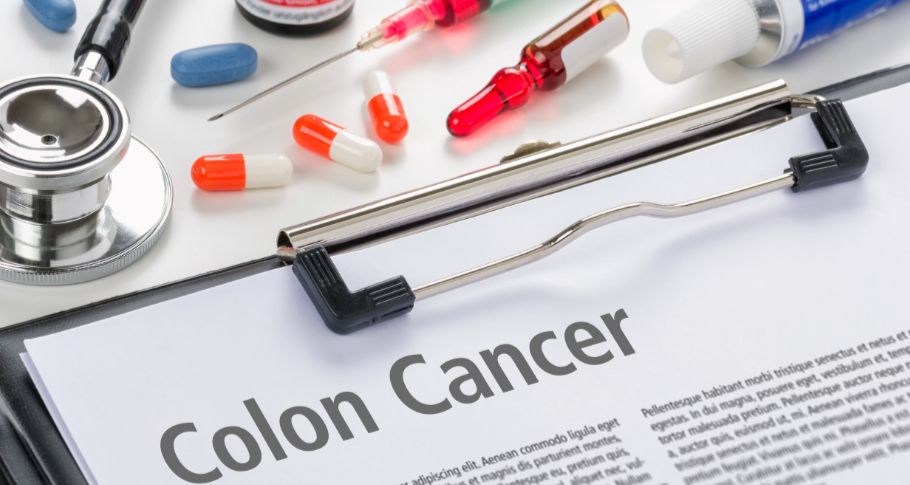Article
Stage 3 Colon Cancer Survival Rate
Author(s):
Age, sex, overall health, race, and even socio-economic status have a big hand in the survival rates for colon cancer, and all cancers.
What do survival rates actually mean?
Kathryn E. Vinson, MS, CCRC

When we talk about cancer survival rates, there are an abundance of factors that come in to play. Many factors including, but not limited to age, gender, general health, ethnic background, and socioeconomic status have a big hand in not only the survival rates for colon cancer, but for all cancers. One thing we need to know about this before we start looking at individual factors – the rates for colon cancer are skewed as rectal cancer is often listed as colorectal or colon cancer for causes of death. Let’s take some time today to visit about how these factors play into survival rate for colon cancer.
Survival rates in general
Most cancer survival rates are discussed in terms of five-year survival. These can be averaged over all stages of the disease, or can be much more specific as we break them down into stages and sub-stages. Thus, the average across all stages can be dramatically different that perhaps stage 1 and stage 4. It is also vital to remember that the numbers that we have today, date back to diagnoses made at least five years ago, and to the standard treatments available at that time. With advances made in treatments made every day, these number can change dramatically.
Age
Colon (and colorectal) cancers have traditionally been thought of as an older person’s cancer, with 91% of colon cancers being diagnosed in those over 50. The American Cancer Society has some interesting information on the factor that ages plays into colon cancer survival. Surveillance data in the US shows that the incidence of colon cancer in people over 55 years of age declined by 3.8% in the period from 2004 to 2015 (mortality declined by 3.5%); however, in that same timeframe, the incidence of colon cancer in Americans under 55 increased by 1.4% (mortality increased by 2.4%). The decreasing levels in older Americans is thought to be attributable to increased screening for colon cancer in this age group. Sadly, as colon cancer isn’t typically on the minds of people younger than 40, most people with colon cancer in their 30’s will be diagnosed with late stage disease.
Stage
As I mentioned briefly above, the survival rates for colon cancer vary greatly by the stage, or progression, of the disease. While the average five-year survival rate for colon cancer is 64%, if found early, survival rates are as high as 90%; however, with regional and distant spread (Stages 3 and 4), rates drop to 71% and 14%.
Race and socio-economic status
Race and socio-economic status also play a role in the development colon cancer. Multiple studies have shown that African-Americans and Hispanics are more likely to be diagnosed with colon and colorectal cancers than non-Hispanic whites. These studies also revealed that these minority groups are also more likely to develop the cancer at a younger age and be diagnosed at a more advanced stage. While survival rates across all races have increased over time, there remains a disparity of minority survival versus survival rates in non-Hispanic whites. These disparities are thought to be related to access to screening and care. The majority of these studies utilized data prior to or just after the implementation of the Affordable Healthcare Act, so time will tell if these disparities level out with increased access to care.
Stage 3 colon cancer treatment
In stage 3 colon cancer, the disease has spread to regional lymph nodes in the abdomen and has perhaps progressed through the wall of the colon, but has not yet spread (metastasized) to other parts of the body. Standard of care for cancer at this stage is surgery to remove the part of the colon where the tumor is located – called a partial colectomy – as well as lymph nodes in the region. After surgery, chemotherapy is typically given to eliminate any cancer cells that are left behind.
Many people want to know what the survival rate is for stage 3 colon cancer without chemotherapy. In a study by Jo Tashiro and colleagues, it was found that the prognosis for patients that forgo chemotherapy after surgery (whether by choice or by inability to complete the treatment for various reasons). The three-year relapse free rates for those that used chemotherapy after surgery was 83.4% versus only 58.3% for those that did not use chemotherapy. Overall recurrence rates were 35.2% for the surgery alone group, and 18.1% for the group that had both surgery and chemo. The researchers found that the use of chemo was the only positive predictive clinical factor for stage 3 colon cancer after surgery. With these numbers, we can see how important chemo after surgery can be for survival; however, this is a very personal decision that can only be made by a patient, his/her family, and the treatment team.
As always, much love, abundant blessings, and many prayers to all of the cancer warriors and their families.





